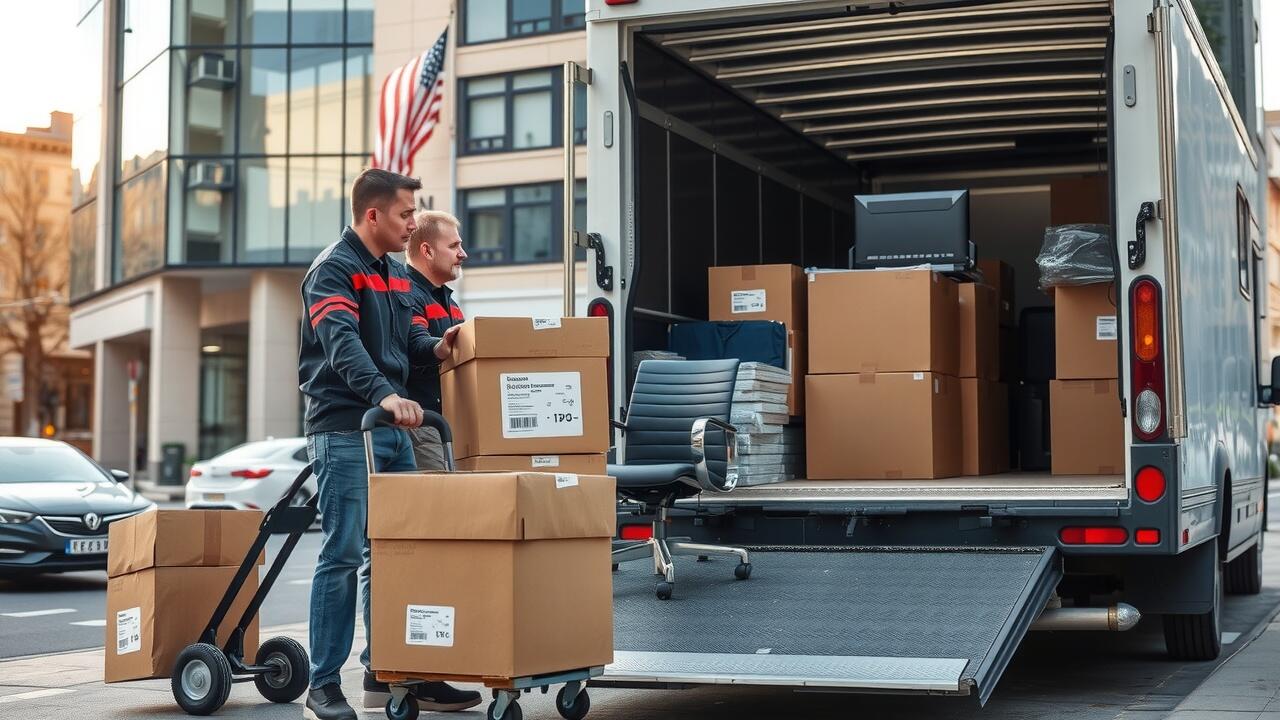Long Distance Moving
Long Distance Moving is an essential service for anyone looking to relocate to another state, particularly when the journey involves navigating the complexities of a cross-country move. This service encompasses a range of logistics, including packing, transporting, and unpacking your belongings while ensuring that they arrive safely and on time at your new destination. With a keen understanding of the specific needs that arise during such relocations, our team is dedicated to providing you with top-notch support and guidance throughout the entire moving process. From planning your move to executing every detail with precision, we aim to alleviate the stress that often accompanies long-distance relocations. Whether you're moving for work, family, or a new adventure, we ensure a seamless transition. Reach out today to discover how we can assist you in making your long-distance move a smooth and successful experience.

Commercial Moving
The Service-Name offers specialized commercial moving solutions designed to streamline the relocation process for businesses of all sizes. Our focus is on minimizing disruption and ensuring a seamless transition, whether you are moving across town or out of state. We understand that relocating a business involves careful planning and coordination, which is why our team of experienced professionals is dedicated to providing tailored services that meet your specific needs. From packing and inventory management to logistics and transportation, we handle every aspect of your move with precision and care. Choose us for your next commercial move and experience the peace of mind that comes from working with a trusted partner in the industry. Ready to make your move? Contact us today to learn more about our services and how we can assist you in achieving a successful relocation.
